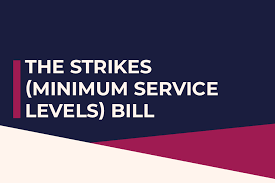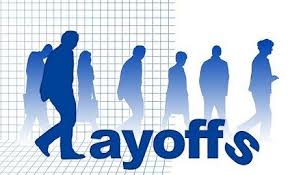Employment Laws under Employment Law
Employment Laws under Employment Law
1. Anti-Discrimination Laws
Prohibit discrimination based on protected characteristics such as race, sex, age, disability, religion, sexual orientation, and nationality.
Examples:
Title VII of the Civil Rights Act (U.S.)
Equality Act 2010 (U.K.)
2. Wage and Hour Laws
Govern minimum wage, overtime pay, working hours, and record-keeping.
Examples:
Fair Labor Standards Act (FLSA) (U.S.)
National minimum wage laws in various countries.
3. Health and Safety Laws
Require employers to provide a safe workplace free from hazards.
Examples:
Occupational Safety and Health Act (OSHA) (U.S.)
Health and Safety at Work Act (U.K.)
4. Employment Contracts and Terms
Regulate formation and enforcement of contracts between employers and employees.
Includes issues of termination, notice periods, and severance.
5. Leave and Benefits Laws
Mandate certain employee leave rights (maternity/paternity, sick leave, family leave) and regulate employee benefits.
Examples:
Family and Medical Leave Act (FMLA) (U.S.)
Statutory leave laws (varies by country)
6. Union and Collective Bargaining Laws
Govern the rights of employees to unionize and engage in collective bargaining.
Examples:
National Labor Relations Act (NLRA) (U.S.)
7. Privacy and Data Protection Laws
Protect employees’ personal data and privacy in the workplace.
Examples:
General Data Protection Regulation (GDPR) (EU)
8. Wrongful Termination and Unfair Dismissal Laws
Protect employees from being terminated for illegal reasons or without due process.
9. Immigration and Employment Eligibility Laws
Ensure employees are legally eligible to work.
Examples:
Employment Eligibility Verification (I-9) in the U.S.
10. Whistleblower Protection Laws
Protect employees who report illegal or unethical employer conduct from retaliation.
Summary
Employment laws form a broad framework ensuring fair treatment, safety, and legal rights in the workplace. They cover everything from non-discrimination and wages to workplace safety and employee privacy, balancing protections for both employees and employers.









0 comments